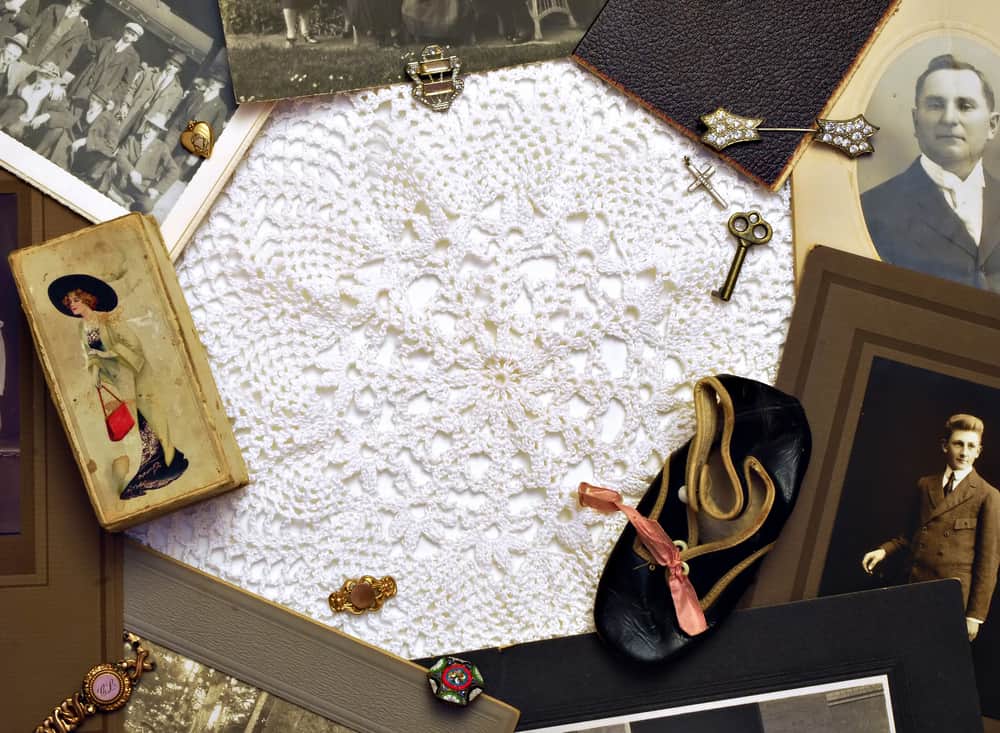Family heirlooms are an essential part of our society. Family heirlooms are those treasures that go down a generation and beyond through the family line. They could include sentimental possessions from childhood found in the attic or the basement. You may not want or need the family heirlooms, but they still serve as a reminder of your family and what you’ve achieved during your lifetime. They can also be a source of nostalgia when you look back on your life now compared to how you were when you last saw these objects.
Heirlooms vary in market value, but the right item can also command a good price from the right buyer. The best way to find out if your family has something valuable is to have it appraised by an expert in the field. That’s not always easy or cheap, but it is the only way that you can know if your item is truly worth something.
15 Best Family Heirlooms
Here are some common family heirlooms along with examples of their most famous examples, often worth thousands of dollars:
1. Watches
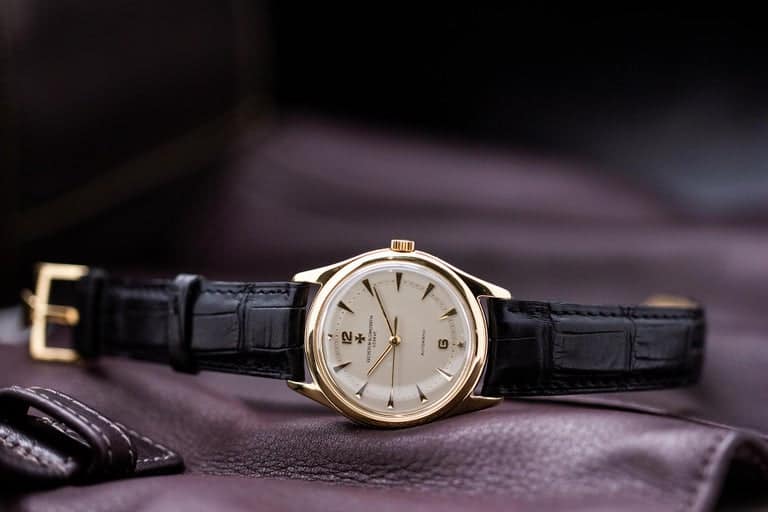
Watches are not just a fashion accessory but also a part of history. They tell stories about the people who wore them and how they lived. Old watches are beautiful and functional objects that bring back memories. They add to the aesthetic appeal of any home or office space.
An example of a famous family heirloom old watch is Abraham Lincoln’s Pocket Watch. The Lincoln watch is a timepiece that belonged to Abraham Lincoln and has been had by the Smithsonian Institution since the early 1900s.
The watch was a gift from Lincoln’s son Robert Todd Lincoln, who received it from his father during one of his visits to Springfield, Illinois. In 2010, the watch underwent extensive conservation at the National Museum of American History’s Conservation Lab. The lab restored the timepiece’s original gold plating and replaced missing stones in its bezel with synthetic diamonds.
2. Artwork
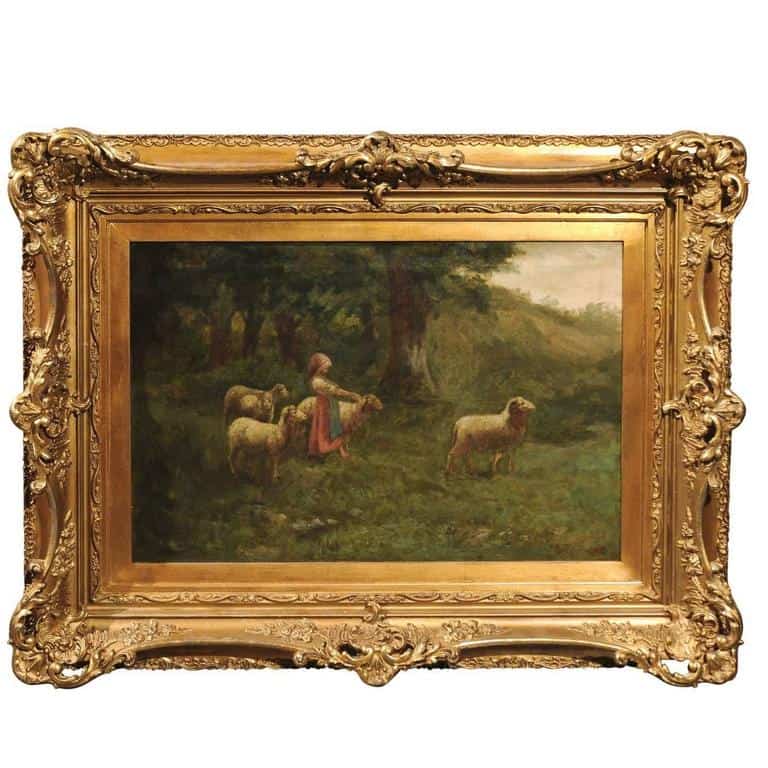
Artwork is one of the best ways to express yourself and your artistic side. Most people value art, and it is used for interior décor. Artwork preserves culture and can also tell a story behind it. The artwork collection has been growing steadily since the museum’s founding in 1839. In the past few decades, artwork preservation has grown tremendously.
Most valuable pieces have been donated by collectors who have purchased them at auction or donated them to the museum over the years. The Waddesdon Bequest is one of the world’s most important collections of art and antiquities.
In 1898, Baron Ferdinand de Rothschild bequeathed his collection to the British nation. The collection includes some of the finest examples of Renaissance and Baroque sculpture from Italy, Spain, and France; outstanding French furniture; paintings by Rembrandt, Velázquez, and Goya; porcelain from Meissen and Sèvres; and silverware from the eighteenth century onwards.
Due to this legacy, the National Trust acquired its first property, Waddesdon Manor – a stately home designed by James Wyatt in 1802. Now a National Trust property, it’s open to visitors all year round.
3. Furniture
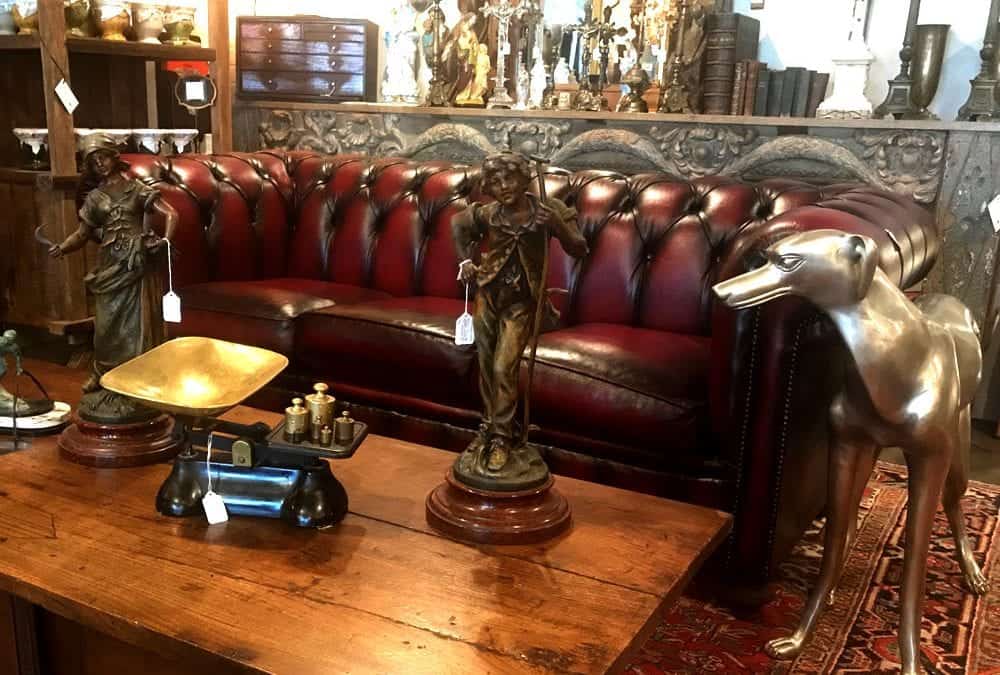
Furniture is a crucial element of any home. It’s an investment that can be passed down and bring new life into a home. From tables and chairs to grandfather clocks, you can use furniture to create a functional and aesthetically pleasing space, or you can use it to transform your living room completely.
The four-poster bed is one of the most iconic pieces of furniture in British history. It was first introduced to the British royal family by Queen Elizabeth I in 1558, who imported it from France. The bed became a symbol of power and wealth due to its size and costliness.
The four-poster bed came into fashion among wealthy families during the Victorian era, when four-poster beds were often decorated with gold leaf or paint. Many still retain their four-poster beds today as heirlooms or family heirlooms because they are so valuable.
Another famous piece of furniture in the American history of family heirlooms is the George Washingtons Presidential Chair. The chair is on display at Mount Vernon, where it has been since shortly after the death of Martha Washington in 1802.
4. Cloaks And Vintage Clothing
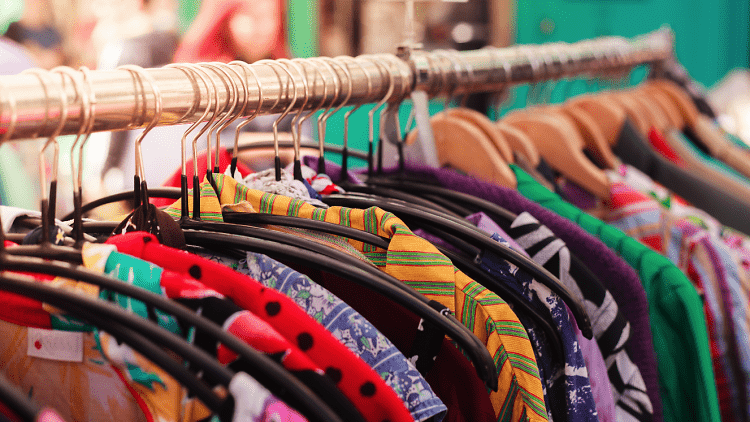
Vintage clothing is a great way to add character and style to your fashion. While finding vintage clothing can be expensive, it’s also an investment and one that can last for years. Wearing an item of clothing, like a mom’s wedding dress, can provide a uniquely personal connection with those who came before us.
One piece is that Jackie’s outfit as First Lady on November 22, 1963, symbolizes strength and resilience. After President John F. Kennedy was assassinated, she left the hospital wearing a silk black-and-white checked Chanel suit with a matching pillbox hat and black gloves.
She had been photographed in this outfit many times before, but now it took on a new meaning: It was the suit she wore when her husband was killed. She later gave this ensemble to Ted Sorensen, who had been JFK’s speechwriter and adviser for eight years. Sorensen put it on display at his home in New York City until he died in 2010 at age 82.
5. Handwritten Letters
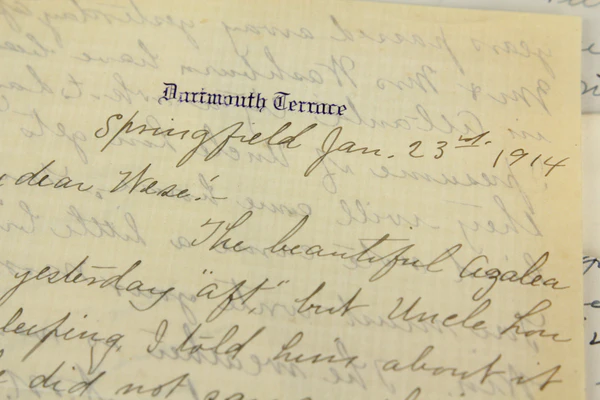
A handwritten letter is an art form and should be treated as such. You will want to ensure the writing is legible, but don’t be too concerned about spelling or grammar.
Letter writing was an essential part of the family tradition. Everyone wrote letters, and they were always read at family gatherings. So even if you didn’t have a computer, you could write a letter that would be read aloud by everyone.
Ann Frank and her family wrote a famous letter; She kept a diary while hiding from the Nazis in an annex of her father’s office building. After being discovered, she died in a concentration camp at age 15. Her diary was published in 1947 and has become one of the most famous books ever written.
6. Silverware
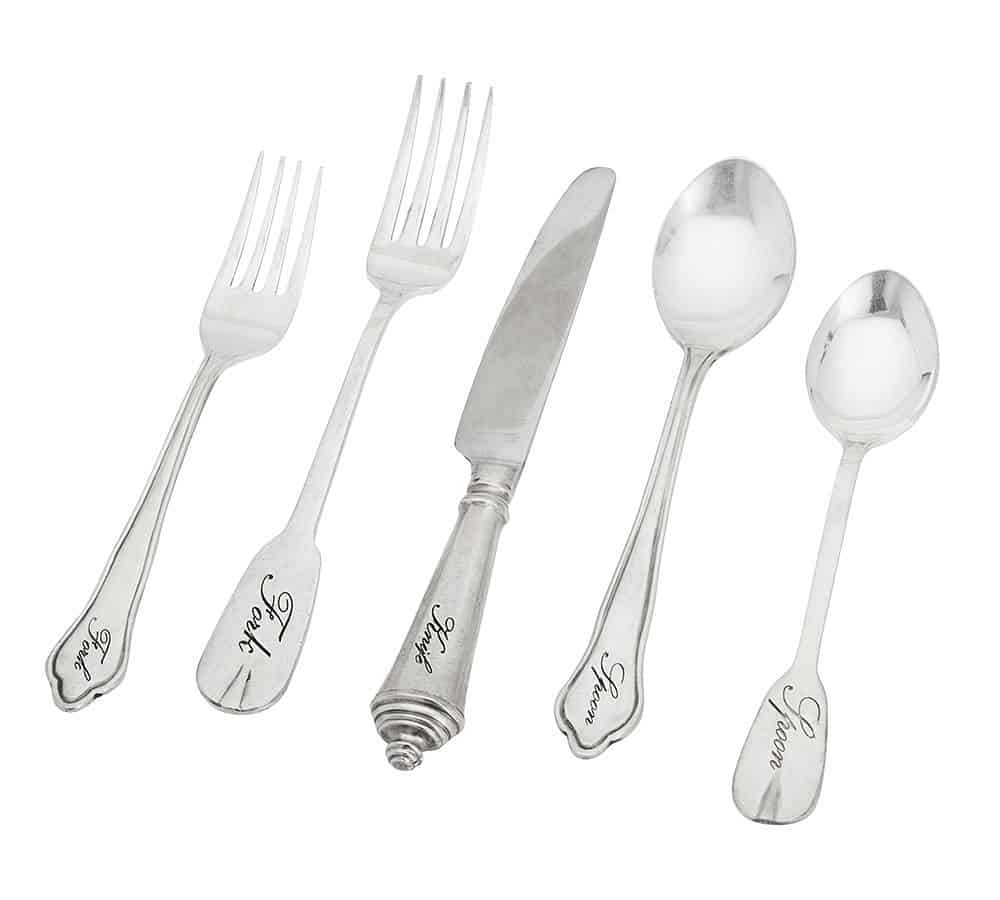
Antique silverware is an excellent option for those who want to add something special to their table settings or dinnerware collection. Antique silverware can be used at receptions and parties and for everyday meals in the home. The best part about antique silverware is that it doesn’t need to be polished daily or weekly as newer pieces do.
There are four main categories of antique silver: sterling silver, gold plate, copper plate, and pewter plate. Each type has unique characteristics that make them ideal for different purposes.
Silverware has been used for centuries and can be passed down through generations. Most silverware today are made of stainless steel or titanium, but some older pieces are made from silver. This type of silverware is more expensive than modern silverware.
There’s Napoleon Bonaparte’s silverware, which the French emperor once owned. The set consisted of approximately 1,000 pieces and was designed by David Roentgen and Pierre-Philippe Thomire in 1812. It was acquired by the Louvre in 1815 and has remained there ever since.
7. Paintings
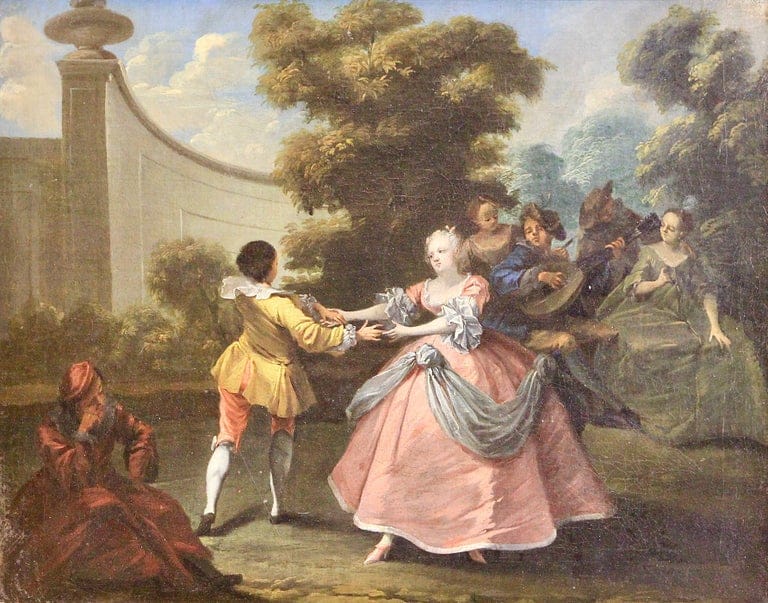
A painting has been defined as “the art of transferring visual images onto a support.” In modern times both realist and surrealist works may be considered paintings. Paintings play a significant role nowadays in home and office decors. They vary depending on culture, geographical and social factors. You can get a painting of a person, landscape or even animals.
One of the famous paintings was the portrait of a young woman painted by Rembrandt was initially owned by Sir Edward Verelst, a Dutch diplomat and son of George Villiers, 1st Duke of Buckingham. In 1780 it was acquired by George III, who hung it in his bedroom at Windsor Castle. It was later presented to the National Gallery by Queen Victoria in 1857 as part of her husband’s birthday gift to the nation.
The painting is considered one of the finest examples of Rembrandt’s work and is exhibited alongside his Self-portrait as “Samson.” The portrait depicts Saskia van Uylenburgh (1612–1642), Rembrandt’s wife and frequent model. Saskia was an essential member of Rembrandt’s circle and an avid art collector in her own right.
Perhaps the more modern version of paintings are family portraits in the form of photographs, which can be used to tell the stories of our relatives. Old family photos of a great grandfather and great grandmother help their descendants imagine them as they were decades ago. Like paintings, family photo albums passed down through generations are a device to help us understand where we came from.
8. Jewelry
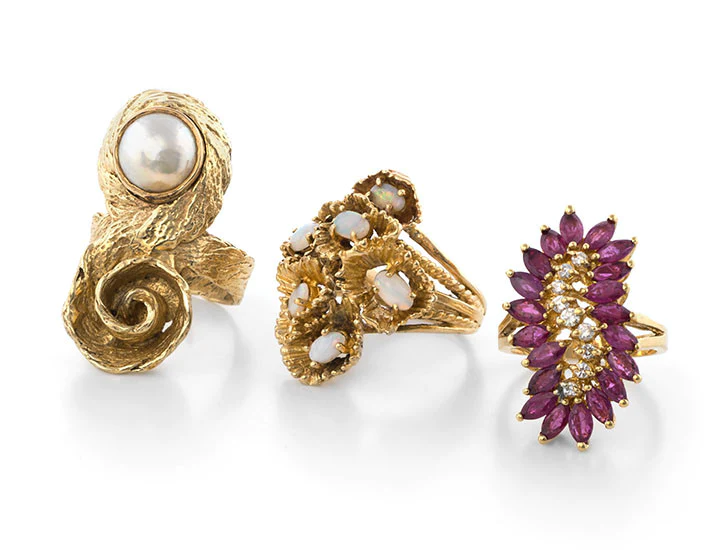
Jewelry is a beautiful heirloom to pass on through generations. From an engagement ring and pendants to brooches and necklaces, there is an immense variety of ways to own pieces of jewelry.
Jewelry can be quickly passed down from one generation to another because it does not need to be worn daily like other pieces of clothing. Jewelry can also be a great gift to give someone special as it is a personal gift that will last for years.
Jewelry is also something that many people love collecting so they can display their favorites in different locations throughout their homes or office.
We have The Sforza Castle diamond studs. They are part of the Royal Collection and worn by Queen Elizabeth II on special occasions such as her coronation in 1953 and her wedding anniversary in 1994.
9. Handwritten Notes and Notebooks
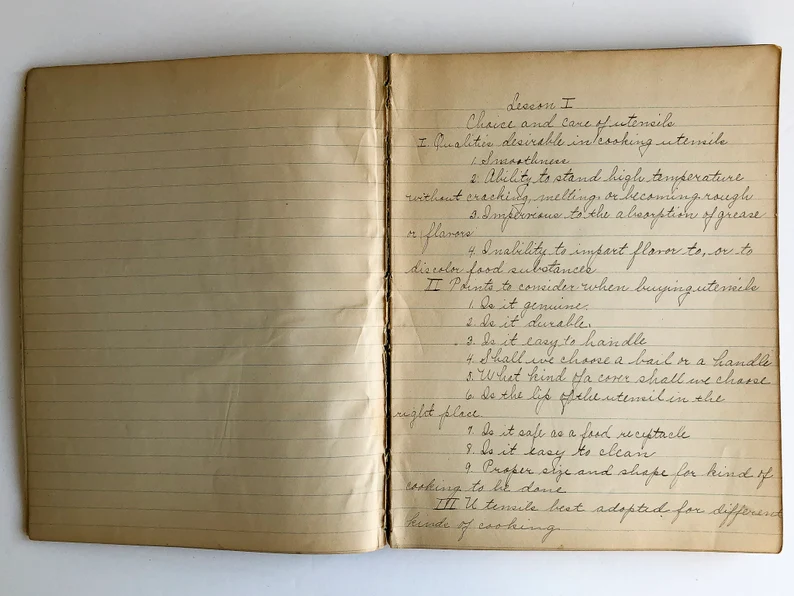
A notebook is a powerful tool for capturing the essence of your life and can be used to document your thoughts and memories or even family recipes. It’s one of those things that you don’t realize how much you use until you don’t have it anymore or until someone gives it back to you. The best part about having a notebook is that it allows you to keep track of every little thing that happens in your life.
A notebook with an early workup for Hamlet’s character by William Shakespeare is one famous notebook in history. It contains some of Shakespeare’s earliest thoughts about how Hamlet should behave — along with drawings of characters and some ideas about their relationships with each other.
The notebook survived the fire disaster that ravaged Williams’s home and is now part of the British Library’s collection. It contains some of Shakespeare’s earliest thoughts about how Hamlet should behave — along with drawings of characters and some ideas about their relationships with each other.
The notebook also includes several revisions to earlier scenes, suggesting that it wasn’t just used for notes — it was also used as a working script during rehearsals and performances of the play.
Besides, there are also handwritten notes from Albert Einstein. Albert was a genius and a human being who cared about his friends and family. A letter from Einstein to his son, Hans Albert, reveals how much he treasured the items passed down from his ancestors.
The handwritten note was written in German and dated April 25, 1954. It appears at the end of a letter in which he talks about his children and grandchildren and Hans Albert’s daughter (called Lieserl), who died shortly after she was born.
10. Pocket Knife and Sword
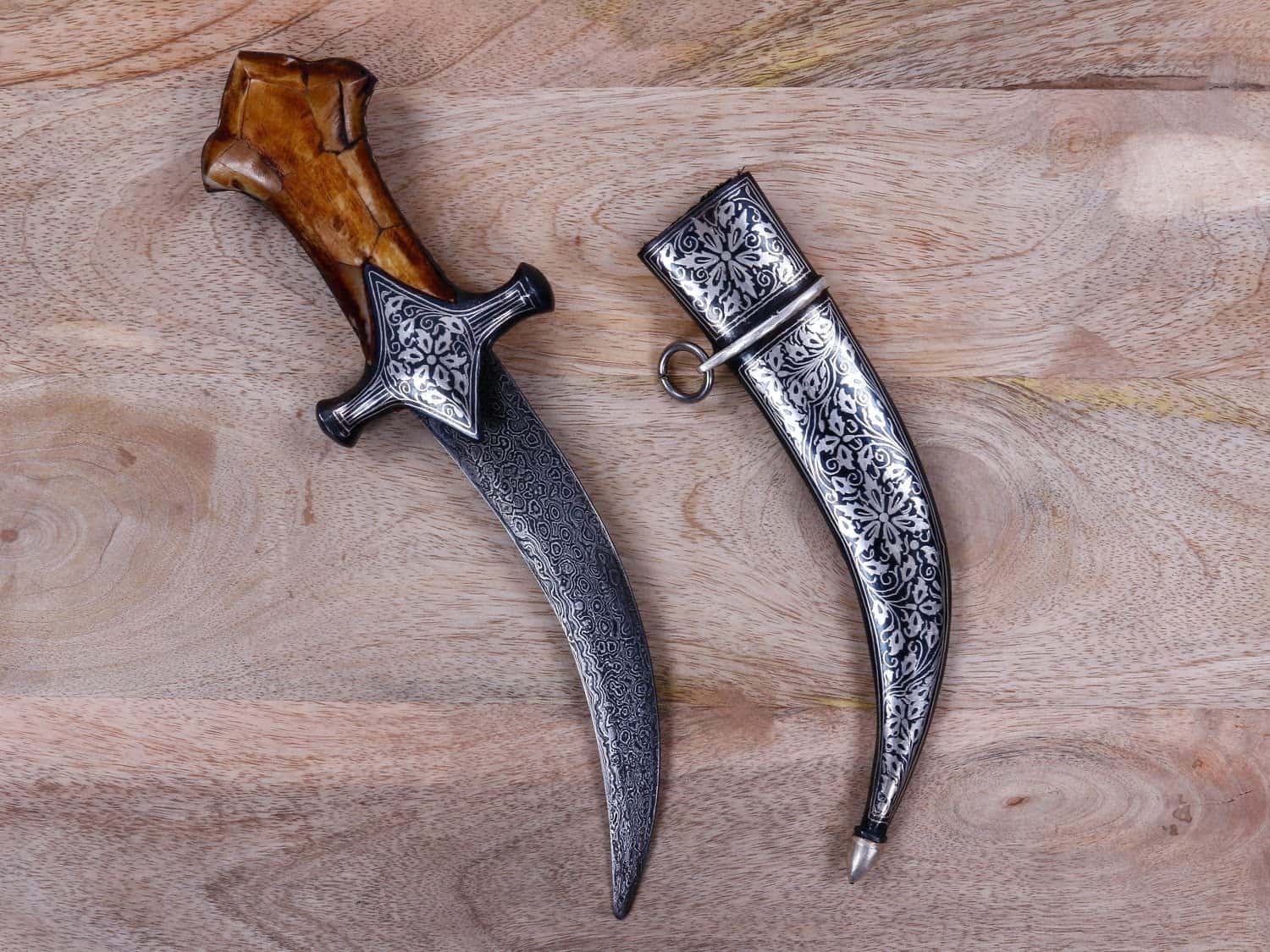
The pocket knife has been around for many years and has changed very little in design. It was initially made for use by sailors, who needed something small enough to fit into their pockets and could easily access it when needed.
On the other hand, the sword has been around for centuries, although it has changed quite a bit from its original form. Swords were originally made with two blades, one for stabbing and another for slashing at close range. These blades were usually made of steel or iron and were coated with various designs or symbols to show their owner’s rank or status within society.
It wasn’t until the late 1800s that companies began mass-producing knives with blades made of steel instead of iron or steel coated with designs like those used in ancient times. These new knives became popular because they provided better durability than those made only of iron or steel.
George Washington’s sword is one of the most famous heirlooms in American history. The blade, displayed at the Smithsonian Institution in Washington, D.C., was presented to the first president by French officers when he resigned his commission after the Revolutionary War.
11. Wedding Gowns
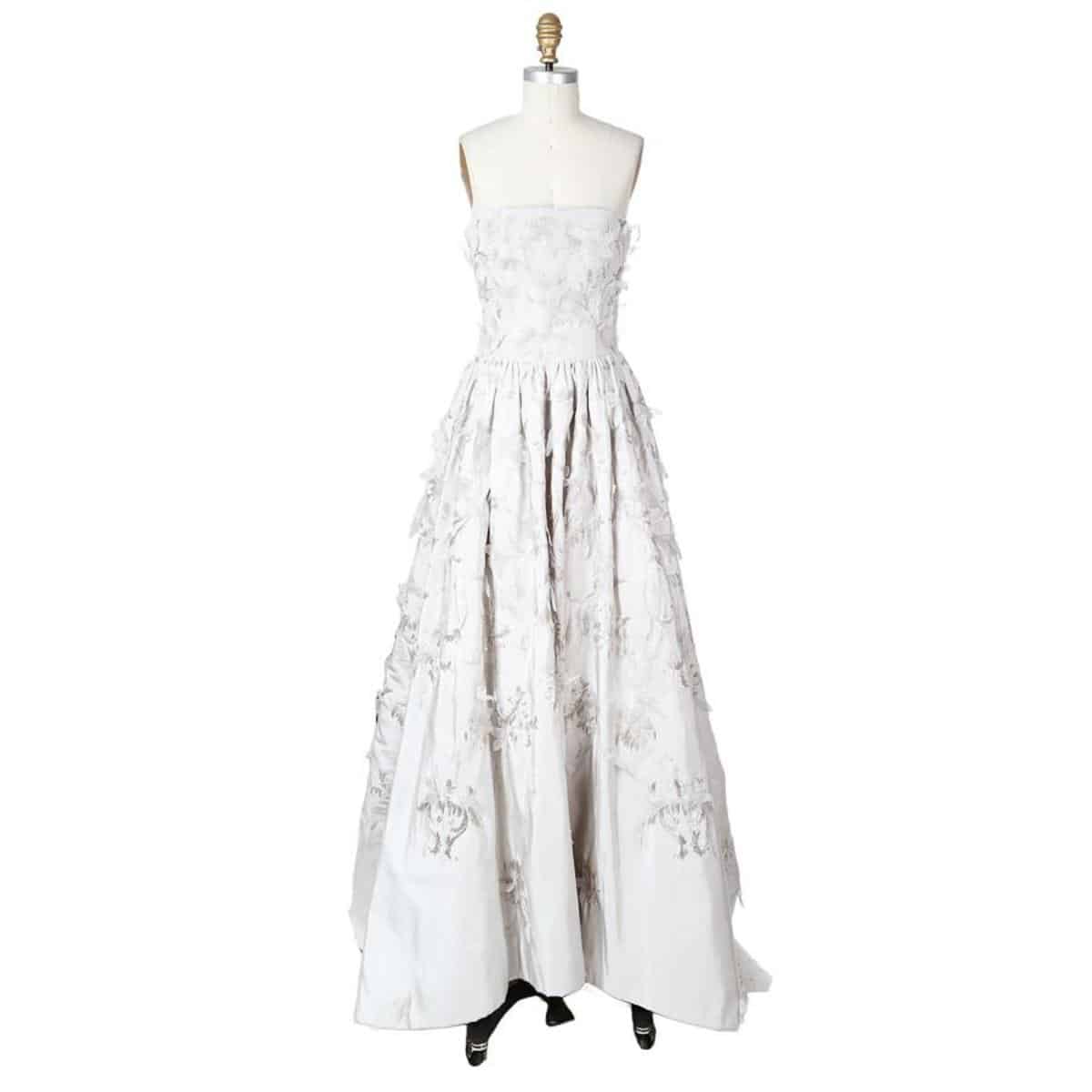
The wedding gown is one of the most important pieces of clothing in a woman’s life. It is the dress she will wear when she marries the man of her dreams. While it may not be common to get wedding gowns as heirlooms because different brides have different body shapes, sizes, and preferences, there are cases where wedding gowns have been passed down from generation to generation.
The most famous example of this is the dress worn by Princess Diana when she married Prince Charles. Elizabeth designed the gown, and David Emmanuel, made of ivory silk taffeta and was adorned with 10,000 pearls. After her death, the dress was displayed at Althorp House, the Spencer family’s ancestral home.
In recent years, brides have been wearing their mother’s or grandmother’s wedding dress. This is seen as a way to connect with the past and honor women in their families before them. It is also seen as a way to save money, as wedding gowns can be expensive.
12. Recipes
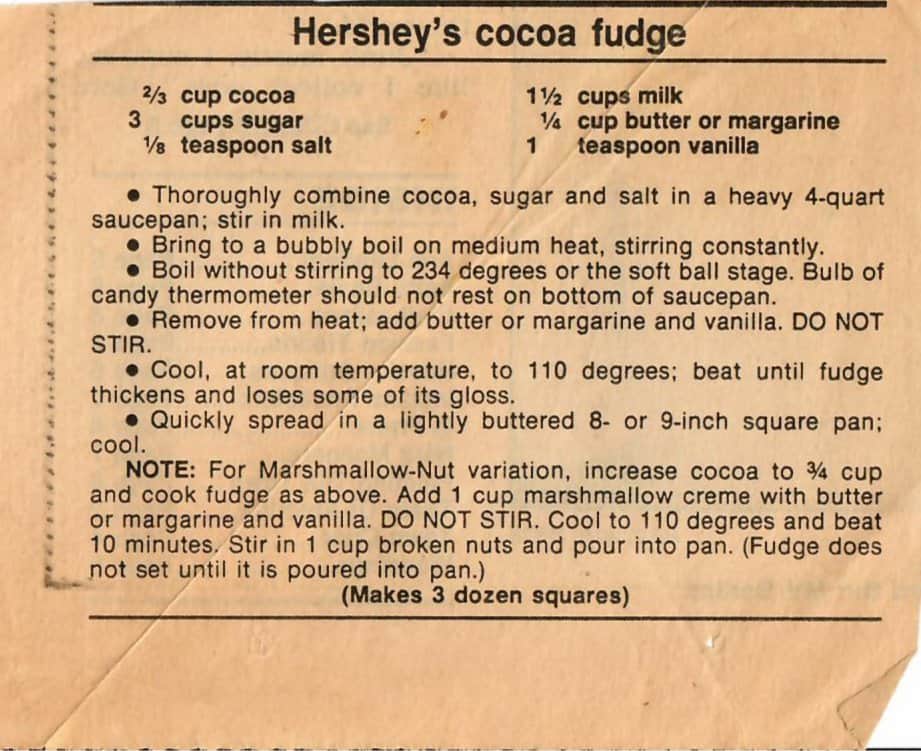
Recipes are a type of heirloom that can be passed down from generation to generation. They are usually written on pieces of paper or in notebooks, and often, they are not even written down at all but are passed down by word of mouth.
Recipes are a way to keep the traditions and cultures of our ancestors alive. They are a way to connect with the past and to share a part of our heritage with future generations.
One of the most famous examples of a recipe being passed down is the recipe for Coca-Cola. John Pemberton first created the recipe in 1886, and it has been passed down through the years, with only a few changes being made. The recipe is now kept in a vault at the World of Coca-Cola in Atlanta, Georgia.
13. Family Home Or Land

The family home or land is another type of heirloom that can be passed down from generation to generation. In many cases, the family home is the most valuable asset that a family has, and it is often passed down through the generations.
Sometimes, the family home is willed to a specific heir, such as the oldest child. In other cases, the family home is sold, and the proceeds are divided among the heirs.
There are also cases where the family home is passed down through a trust or foundation. Generally, land and homes are the most common heirloom and are passed down in almost every culture.
14. Family Bibles
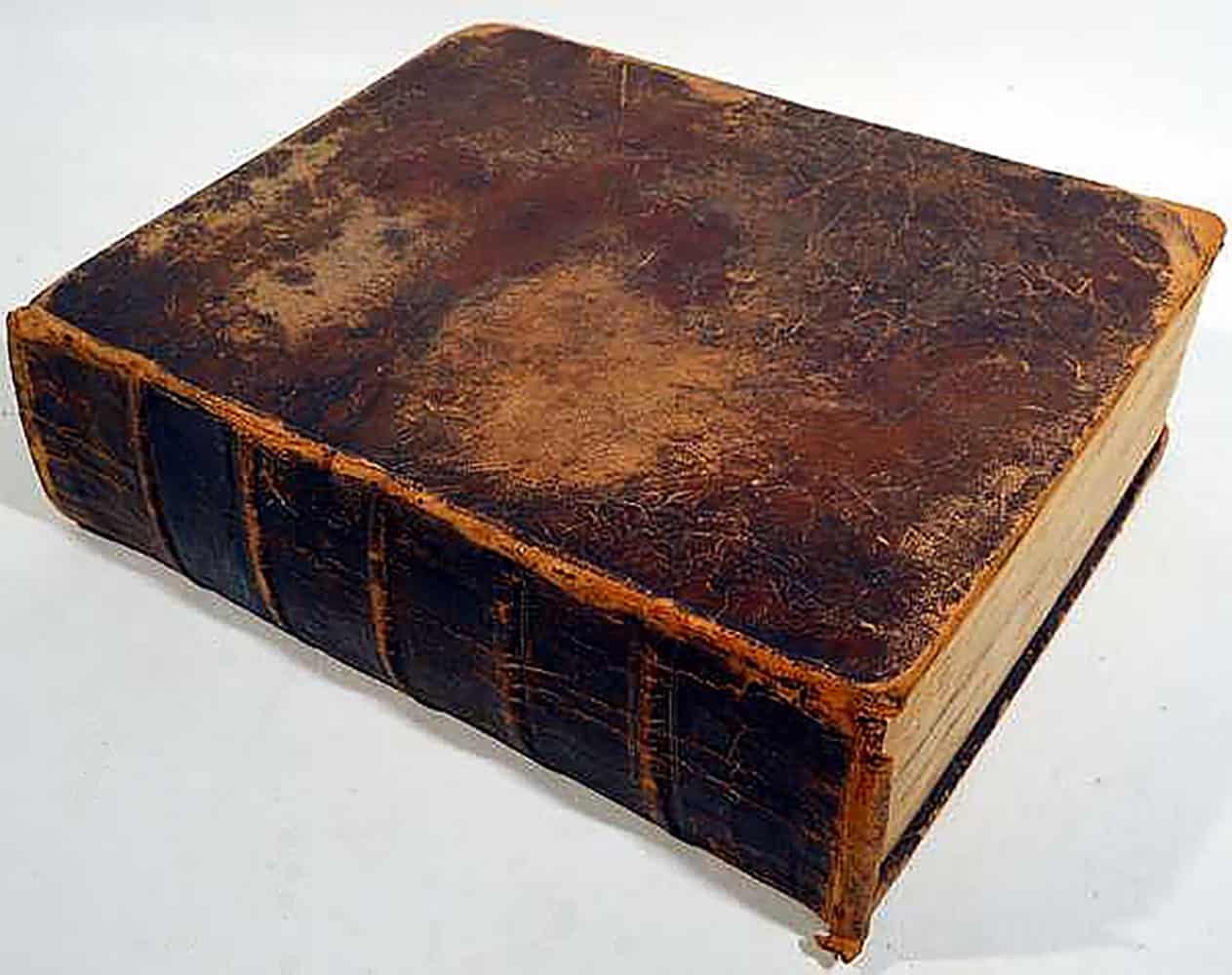
The family Bible is another type of heirloom that can be passed down from generation to generation. The Bible is the most sacred book in Christianity and is seen as a symbol of faith.
The Bible is often passed down through the generations, with each new generation adding their names and dates to the book. The Bible can also be passed down with other books that contain information about marriage dates, births, or deaths.
15. Quilts
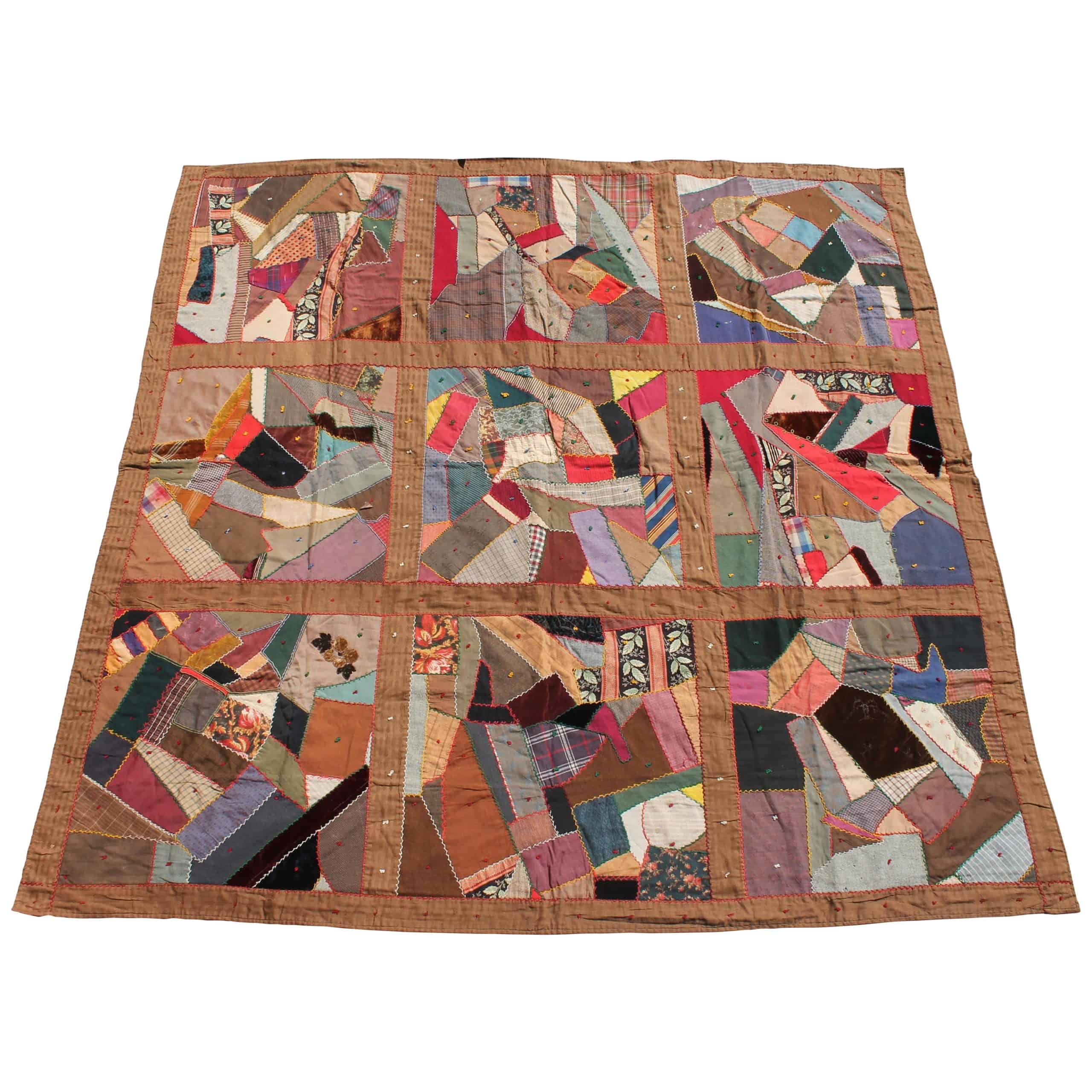
Quilts are usually made by the women in a family, often containing symbols representing the family’s history or heritage. Quilts can be made from various materials, such as cotton, wool, or silk. Depending on the quilter’s skill level, they can be simple or complex.
Quilts are often passed down from generation to generation and can become very valuable over time. The quality and the skill put into making these quilts make them very special and worth keeping in the family line.
Conclusion
In stories, family heirlooms are usually objects of massive cultural and emotional importance; they remind us that things can carry a lot more than just their monetary value. They can hold memories and lessons, and perspectives from generations past. They’re reminders that we’re part of something bigger than ourselves—that life goes on beyond what we find around us now.
